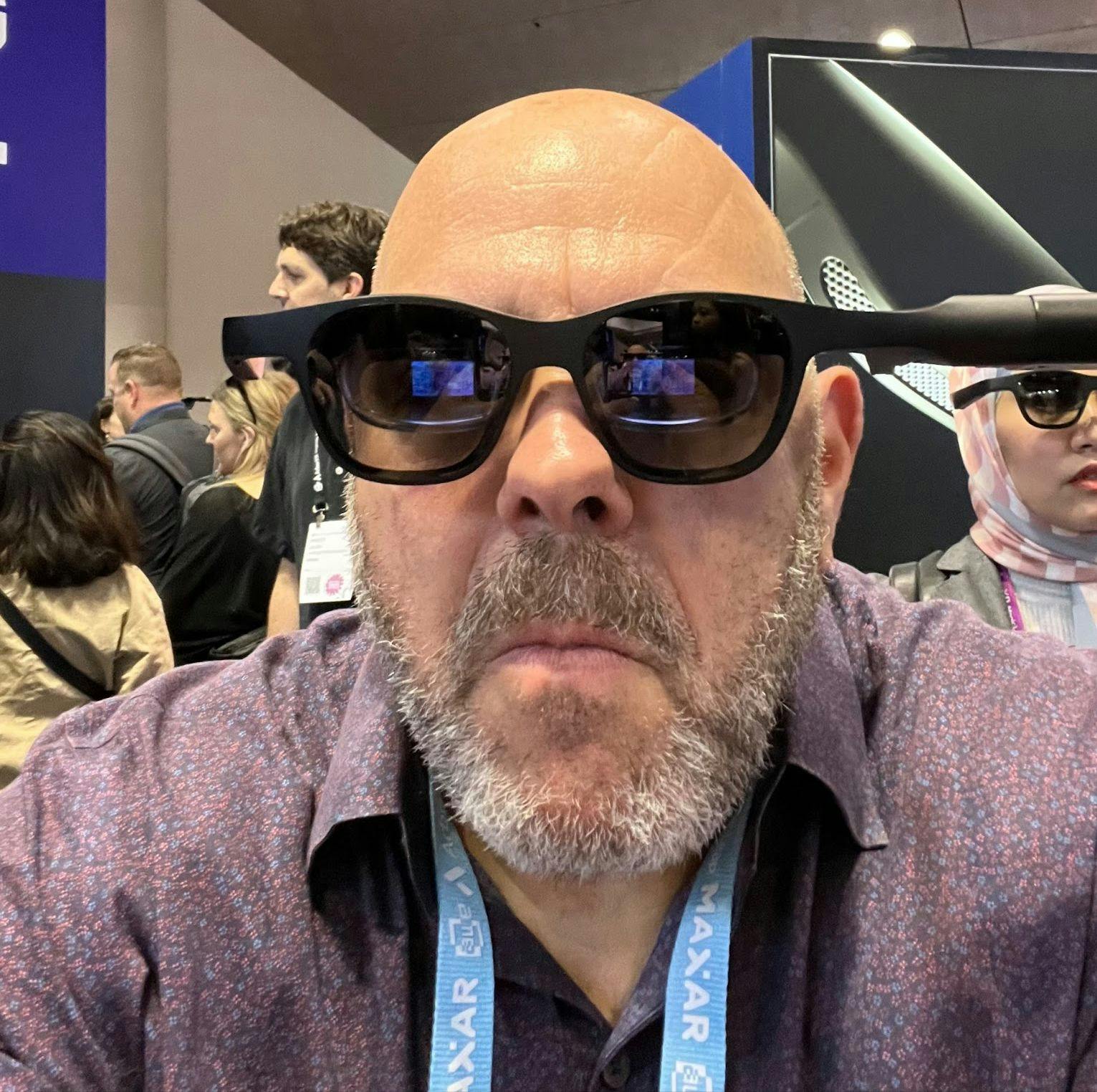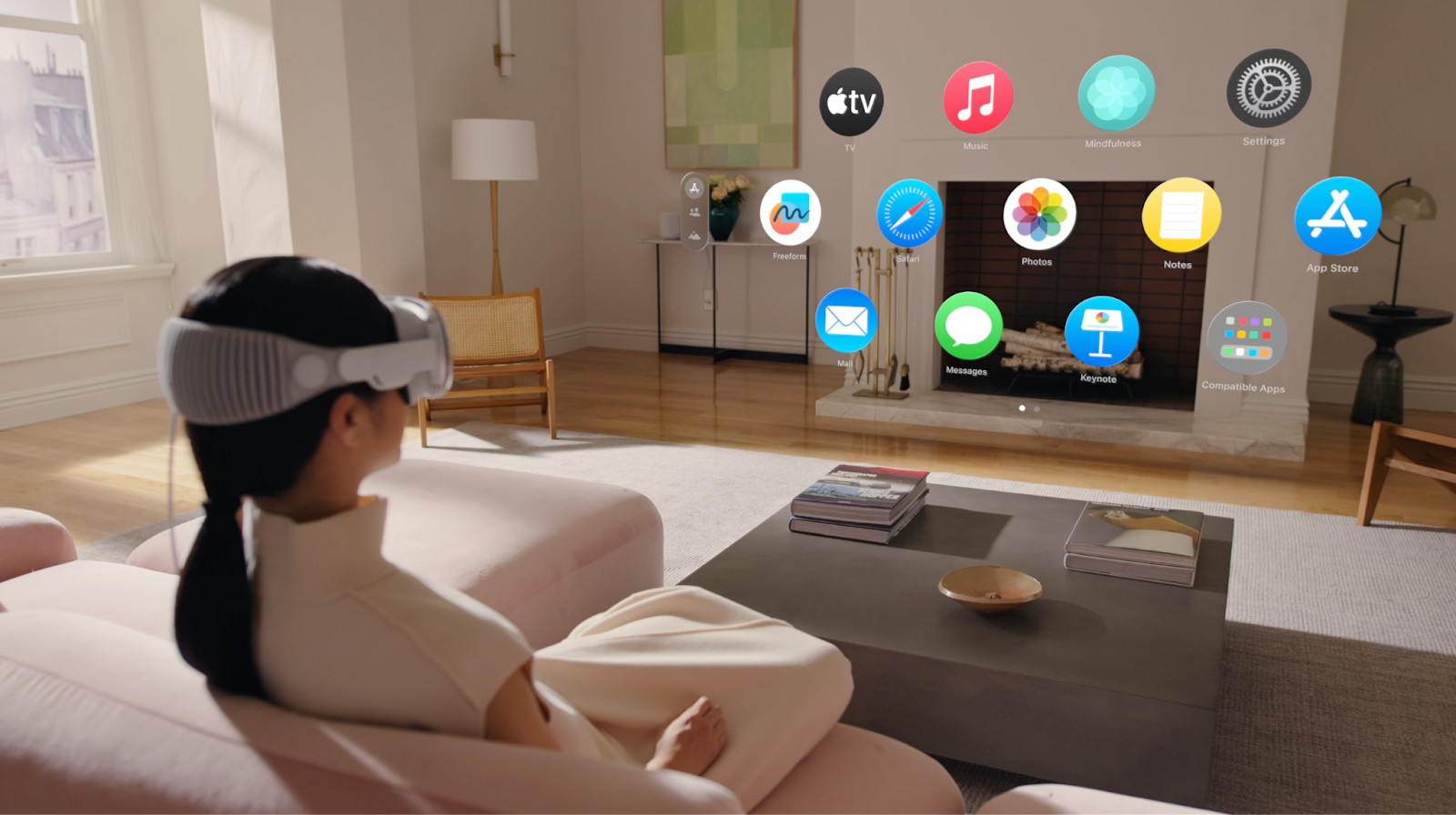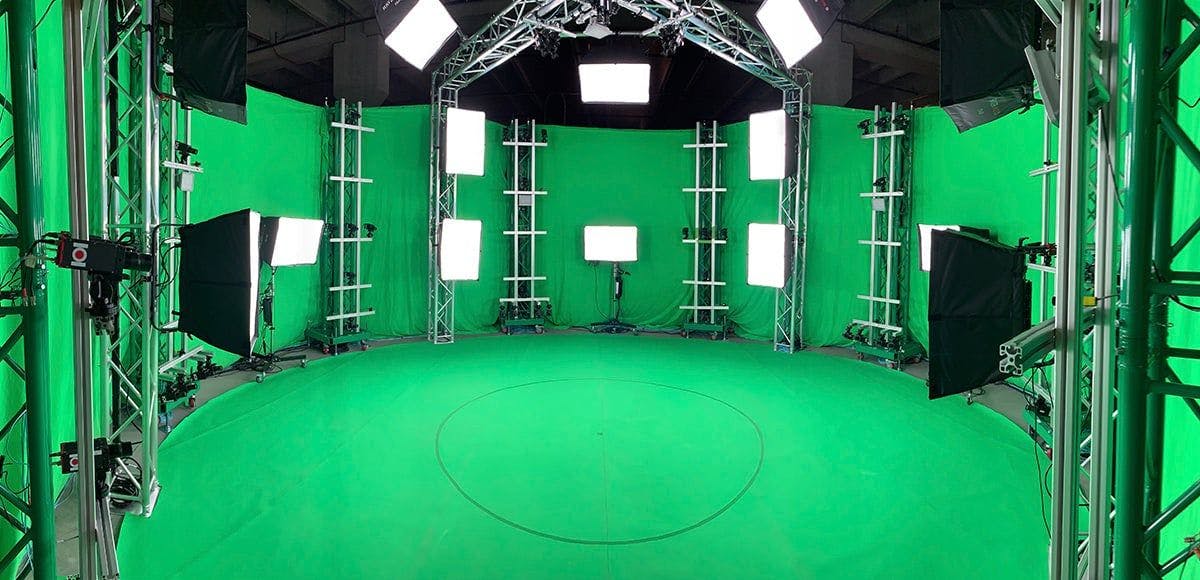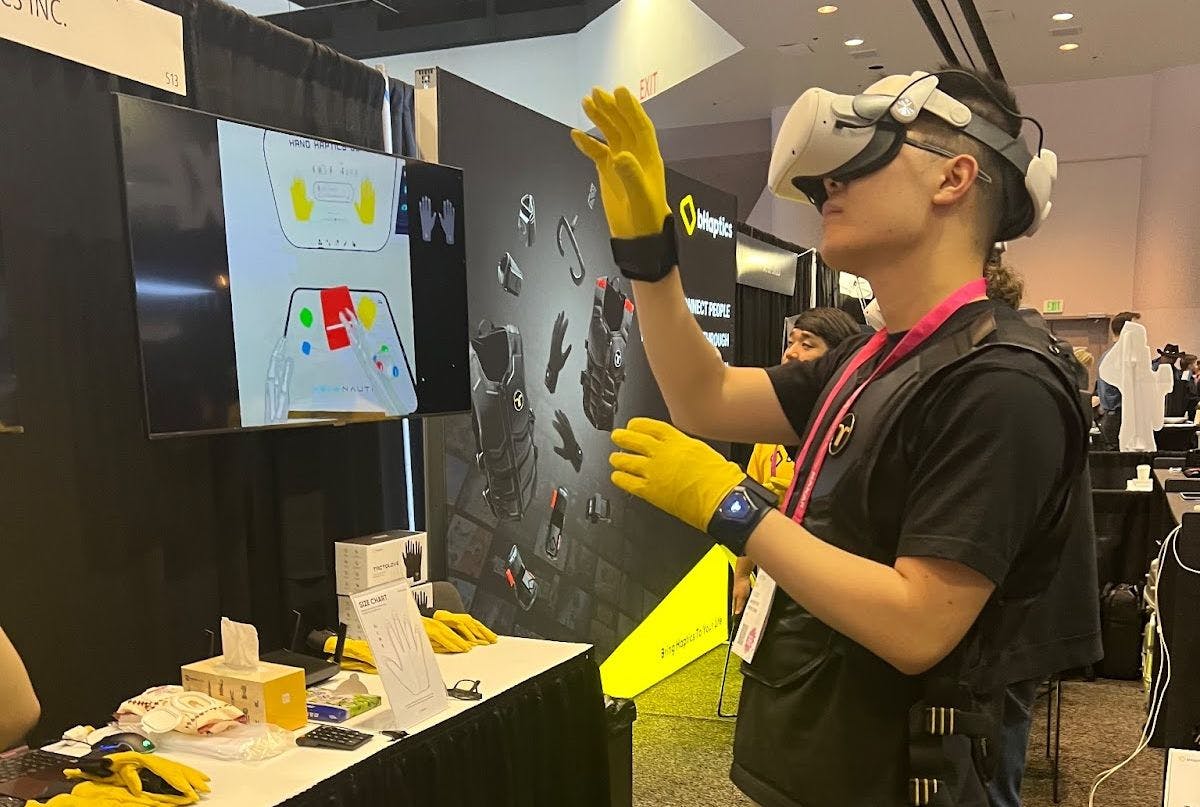
The Augmented World is Coming
By Adam Kleinberg
Last week, we took a trip to Silicon Valley for the Augmented World Expo.
You may remember Ori Inbar, the show’s founder, from our Futureproof Project event back in March. The conference had over 300 companies exhibiting the very latest innovations in AR, VR and Mixed Reality.
Apple, of course, also introduced Apple Vision (as I was writing this post!).
Here are some of the trends we're most excited about.
AR glasses find their “why?”
At AWE, Mixed Reality glasses were everywhere. As you can see from my picture below, many of them are actually quite stylish.



But the real innovation wasn’t in how cool the glasses looked, but in the use cases that were being built around them. The glasses I’m wearing connected to your laptop and suddenly there were three screens right in front of you.
Nothing fancy… just the same computer screen I’m looking at as I write this blog post, but floating in front of me. Nothing fancy, but potentially incredibly practical.
One company called Sightful was even demonstrating “The World’s First AR Laptop.” It’s just a keyboard and some glasses. That certainly would be welcome the next time I fly coach on United and someone in front of me leans their seat back.
There were also a ton of industry-specific AR solutions from platforms that teach people how to use equipment to doctors being given instruction on medical devices in the operating room to that cool helmet that will help firefighters navigate their way through a burning building.
Apple’s mixed reality headset, Apple Vision, is quickly going to make mixed reality ubiquitous. Not only do they do everything that all of the above products do, they come with mind-blowing features like 3D photo and video capture! Not to mention Facetime with lifesize video and spatial audio. Instead of a full screen, you’ll be able to engage with individual apps in the sky. And that United flight… watching movies will never be the same.

What are Volumetrics?
One of the coolest innovations we're excited about is Volumetric Video. Remember that scene in the Matrix where Trinity jumped up in the air and the camera panned around her in midair?

Now, imagine that Trinity is a malleable 3D digital object. You can drop her into a video game or an Augmented Reality experience. You can change camera angles, or even the lighting angles on her.
This YouTube video got us chomping at the bit before we got to the show, so we were excited to see what was available.
What is Volumetric Video?
We stopped by Sony’s booth to see how to produce it and saw their set up was like a steel cage match of video cameras and green screens. The one they were showing had something like twenty or thirty cameras at a cost of 300 grand, but apparently they demonstrated one with just seven cameras at CES. I wanted to buy one, but not sure where we’d put it given Traction’s locationless location in the cloud.

What’s even cooler is that the worlds of Artificial Intelligence are colliding so soon you won’t need a quarter of a million dollars to get started with this technology.
One company we met called Curie is now using AI to convert 2D photos into 3D objects in a matter of hours. If you’re a product company, you could transform your entire product catalog using this tech.
And, of course, Apple Vision has 3D video capture embedded in it. It may not exactly be considered volumetric, but it's damn cool and makes me want to buy one!

Curio.io 3D image
It’s only a matter of time before AI is able to do the same with video and be able to capture volumetric video with a single camera.
The internet is getting touchy-feely… with haptics.
Haptic gloves were everywhere at AWE. And the lines to demo the innovations in haptics were insanely long.
You may not be familiar with haptics, but you’ve undoubtedly experienced them on your phone. They are those vibrations that make it feel like you’ve flipped a switch or pushed a button on your phone even though you’re just sliding your finger over a piece of glass. If you have a gaming console like a PS4, you definitely are familiar with the haptics built into your controller.
With augmented and virtual reality, there is often a disconnect between that tactical experience, but haptic gloves will leapfrog that technology. Imagine picking something up and feeling it in your hand or swiping on a monitor screen to turn a page of a book and feeling that page.

Most of the tools out there right now look like giant robot hands, but as you can see from the picture above, slim-fitting gloves are not only a reality, they exist right now.
The only consumer brand I saw at the conference that wasn’t a tech company was Lowe’s hardware. They’ve created an experience where VR glasses and haptic gloves help you learn how to use a hedge trimmer — and ultimately any power tool. It’s a great example of how innovative use cases will define how this kind of technology comes to life!

Generative AI is generating a lot of headlines these days. And for good reason.

A few weeks ago, we gathered a group of CMO’s together for dinner and drinks at the Capital Grille in Manhattan, for the 3rd in a series of web 3 sessions called #thefutureproofproject.

It’s highly likely that your marketing and leadership team are considering what your strategy should be for Web3 technologies including Extended Reality, or XR.
